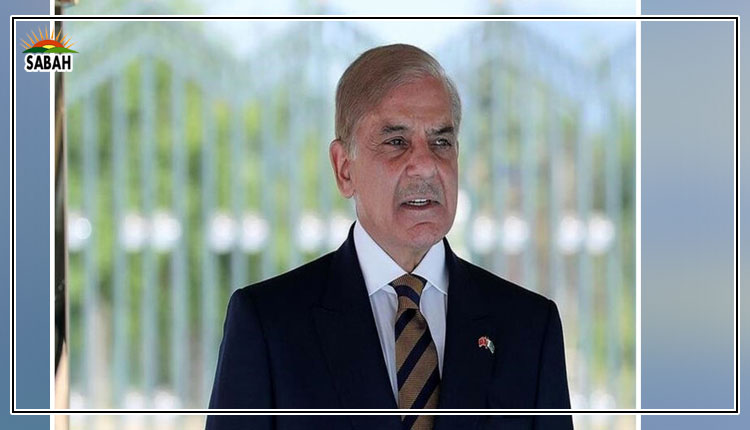Capital suggestion: Default?…Dr Farrukh Saleem
Sovereign default is the failure of a national government to repay its debt. Here are six signs that can indicate a potential sovereign default. Oe, persistent and large fiscal deficits: persistent government overspending, resulting in increasing public debt levels, raises concerns about debt sustainability. A deficit of Rs6,900 billion in this years budget adds to the already staggering accumulated deficit of Rs20,000 billion over the past five years. This irresponsible behaviour has escalated public debt to unprecedented heights, causing alarm bells to ring loudly about debt sustainability. This is the ticking time bomb of fiscal imbalance.
Two, political instability: the persistence of governance issues in Pakistan has far-reaching implications, as it fosters an atmosphere of uncertainty that severely impedes the governments capacity to implement effective economic policies and fulfil its debt obligations. How can a government grappling with governance challenges manage its debt obligations efficiently? This has led to a vicious cycle of mounting debt burdens, reduced investor confidence, and restricted access to international financial markets.
Three, declining foreign exchange reserves: in a heart-stopping turn of events, the SBPs foreign exchange reserves, once a robust $20 billion just months ago in August 2021, have plummeted to a mere $4 billion. This jaw-dropping decline is nothing short of a devastating blow to our financial stability, signalling an impending doom that cannot be ignored. Foreign exchange reserves serve as a lifeline, enabling a country to import its needs and meet its international debt obligations. With such an alarming depletion, the SBPs ability to make crucial payments hangs by a thread.
Four, currency depreciation: just a year ago, our hard-earned rupee could buy a dollar at the rate of Rs200. It now takes a staggering Rs300 to purchase a single dollar. This mind-boggling 50 per cent decline within a mere 365 days is a deafening alarm bell, signalling an economic catastrophe that looms ominously over our future. A sharp devaluation or persistent depreciation of a countrys currency makes it more challenging to service foreign currency-denominated debt, potentially increasing the risk of default.
Five, high inflation: persistent high inflation continues to erode the value of our rupee. This has disrupted economic stability and has made it much more challenging for our government to meet its external debt obligations.
Six. liquidity crisis: a severe liquidity crisis, where a government struggles to meet short-term payment obligations, can be a sign of imminent default if the situation is not resolved.
Will Pakistan default? Here are the numbers: net reserves stand at under $3.5 billion, with impending payments of $900 million this month. Furthermore, there is a looming obligation of $10 billion from July to December, of which $5 billion is not subject to rollover. Unless urgent emergency aid materializes, the stark reality is that net reserves with the State Bank of Pakistan will dwindle to zero before the end of the calendar year. These unyielding and indisputable figures paint a somber picture.
We could be on the brink of a nightmarish scenario akin to the Sri Lankan model, where the spectre of crippling shortages of essential commodities such as food, fuel, and medicines looms large. This dire situation could lead to widespread industrial shutdowns and leaderless protests. To exacerbate matters, the Zambian model serves as a haunting reminder, with China emerging as the largest bilateral debtor and sparking fierce conflicts between multilateral debtors and China. Amidst this turmoil, the Zambian people bear the unbearable weight of prolonged debt restructuring, suffering in silence and desperation.
Courtesy The News












